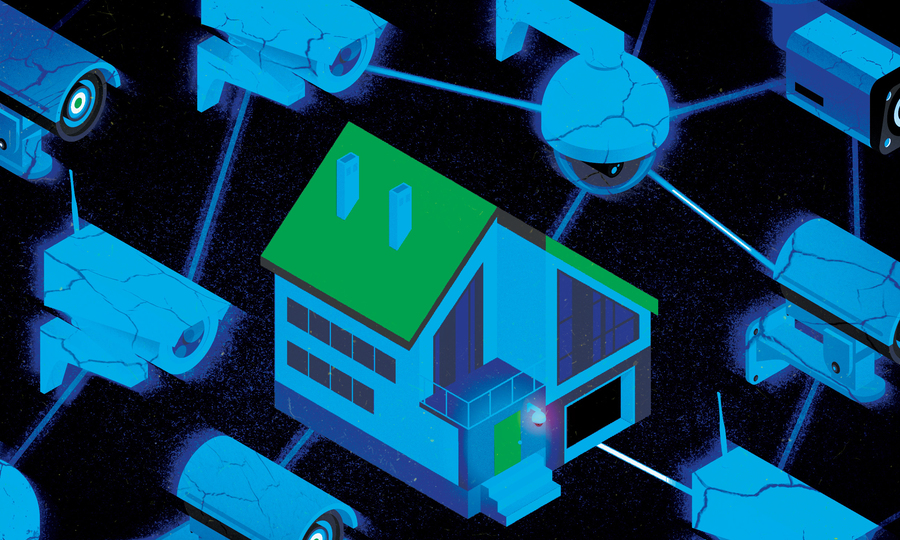Top News
Today’s Featured News
In the Media
Community Updates
Featured Multimedia
On behalf of family and community, MIT Police Officer Yessenia Gomez gives back and pays it forward. From her early life in war-torn El Salvador to becoming an MIT police officer and serving as the President of the Massachusetts Latino Police Officers Association, for Gomez — it's all about relationships.
Mechatronics combines electrical and mechanical engineering, but above all else it’s about design. "As a designer,y ou have to be able to use your imagination" says MIT Mechanical Engineering Professor David Trumper. "For students in the hands-on, lab-based class, the process of bringing ideas to life can feel a lot like magic."
"Art is a monologue. Design is a dialogue. If you are an artist, you can do pretty much whatever you like. If you are a designer, there is a function behind it, whatever your form of design is," says type designer Matthew Carter, co-founder of Carter & Cone and creator of iconic typefaces such as Verdana and Georgia.
Follow CSAIL graduate student Dylan Wootton through a day in his life at MIT. From his mornings rowing on the Charles to his afternoons on campus developing computational models of human interaction, Wootton shows how he tackles life and work.
Peter Krogen SM ’14, PhD ’16 and Ethan Perrin ’20 were so inspired by their experience in the MIT Electronics Research Society, better known as MITERS, that a couple years ago they decided to re-create it on the West Coast, where they live now.
MIT professor of electrical engineering and computer science, Vinod Vaikuntanathan, explains cryptography, quantum computing and homomorphic encryption.
































